As I write this article I have packed up my Pentax 6×7 and all three lenses, I am selling it off and my Speed Graphic isn’t far behind.
I am done with medium format.
Seems strange, doesn’t it? Watch or read the statements from any influential analog photographer and 120 seems like the natural progression, the more refined format on the way to full blown large format. I have an unpopular opinion though: it’s not for everyone. In fact, I don’t think it’s for most people and once you remove the quality of the negatives, I don’t believe there’s a lot to love.
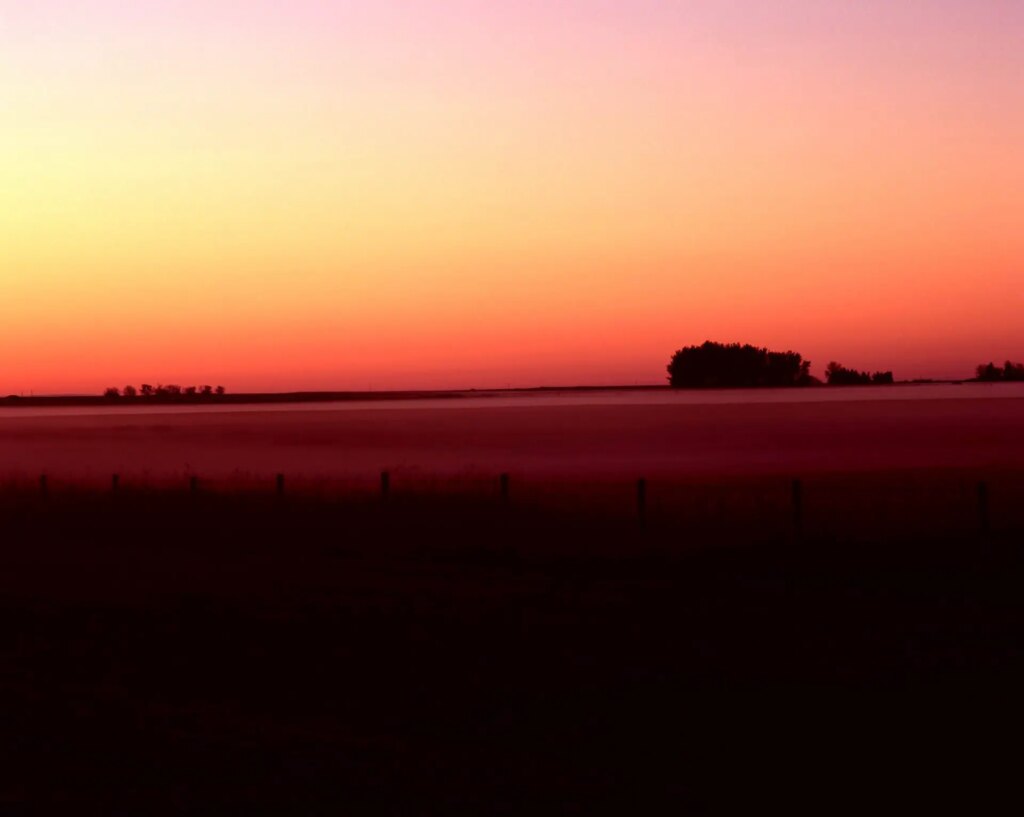
I recently did a video on “Why Medium Format Sucks” and I know it’s a click-baity title but “Why I Think Medium Format Sucks, But Not Totally, And This Is Just My Opinion, You Do You” isn’t as catchy and I don’t think it fits in the title section. At the end I left it kind of open as to what I was going to do. I said I’d go on a road trip and shoot some rolls and decide then.
I’ve made up my mind. On that road trip I shot five or six rolls and the headache of developing, and scanning afterwards was so daunting, that I still have a roll hanging up in my darkroom over a month later.
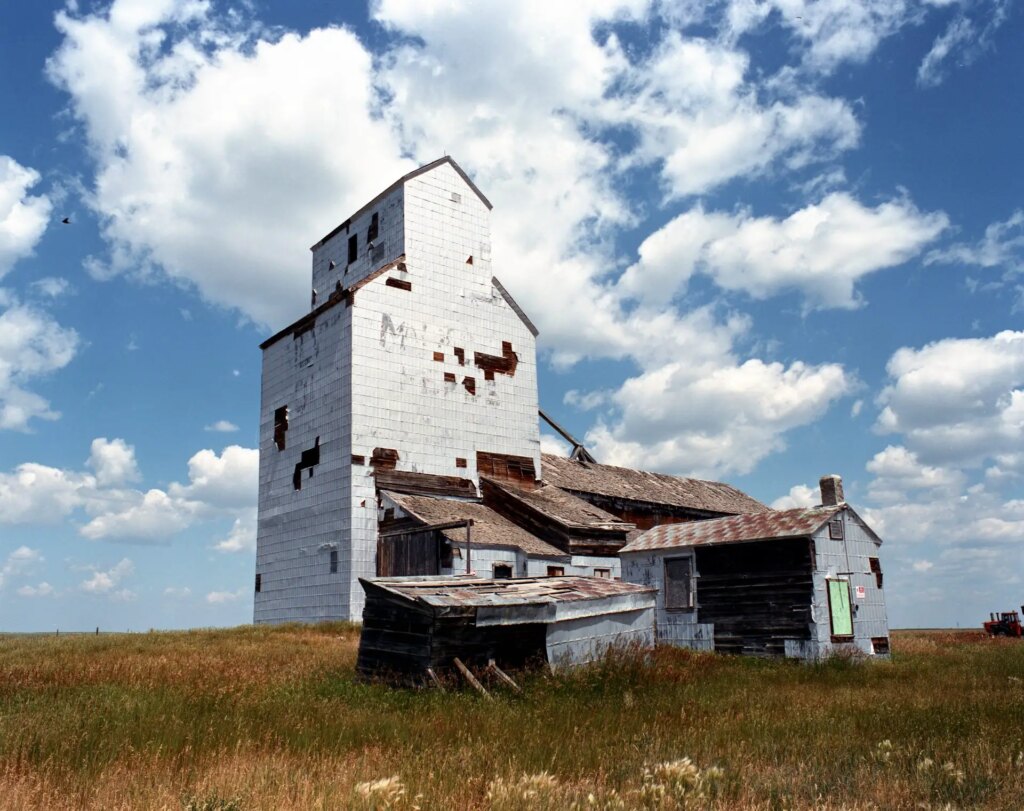
I think there’s a lot to love about medium format. With 120, you’ve got choices like 6×9, 6×7, 6×6 and more. All that extra film gives a lot of diversity in terms of how many frames you get and the ratio of your negatives depending on the camera. Many of the cameras are pretty simple mechanically as well, meaning that anyone with a steady hand, a little knowledge and some patience can fix their own camera. That would not include me of course. I hate DIY but I appreciate the option none the less. I think some of the designs are amazing and the production duration of models like the Pentax 6×7 are impressive making finding one pretty easy. Also, while I’m on the subject Pentax 6×7 lenses, with a few notable exceptions are relatively cheap and the modular nature of it and other cameras make the format very appealing.
There are also some little inconsequential things too. Like writing easier on the paper backing, not needing to rewind the film after because it transfers to a new spool, and generally speaking it causes you to slow down and relax a bit more than 35mm.
Expensive
Let’s get the most obvious complaint I have out of the way first. Medium format photography is expensive every step of the way. The camera prices have risen quite a bit over the last five years across the board but medium format’s initial investment has always been pricey if you want something better than a pinhole camera or a Holga. The cost of film per shot is also more expensive. Eight, ten, twelve or even fifteen shots doesn’t compare to twenty-four thirty-six.
Lacking Features
Next on my list of grievances is the lack of features even in some of the top-of-the-line models. Most of the cameras don’t have metering, or autofocus and to me that’s pretty crucial. Yes, the Pentax 6×7 has a metered prism, but many of them are failing now and if you don’t attach it right, you’ll break your camera…they have not aged well. After my initial video I had a lot of you great folks in the community suggest the Pentax 645n, and I may give it a shot someday, but it doesn’t tackle all of my issues.
Self Serving
No one, and I really mean it, no one gives a hooey about your film negative resolution except you, and those in the community justifying their own purchase. The resolution of a film negative is, and has been the battle cry of the analog enthusiast and it’s almost always the first thing I hear when I tell people I also shoot digital. It’s usually the same people who post them on Instagram. Yes, I see you in the comments telling me you’re the exception, and you probably are, but the reality is unless you’re printing photos on at least 16×20 in the darkroom there’s little difference besides internet clout. I’ve had some people tell me they can see it, even on an Instagram post, and that’s valid because many people in our community have a really good eye for detail. Film has sculpted us into critical visual artists. I’m speaking in terms of the majority though, including myself.
Workflow
When I scan a roll of 35mm film my holder can take eighteen shots at a time, so only two setups are needed. Two setups, thirty-six images. When I scan a roll of 120 at 6×7, I can only scan two images at a time, and need to setup five total scans. The holder I use isn’t so great either, and often the negative pops out. I scan with an Epson V800, and I know there’s a whole lot of you that swear by DSLR scanning but it’s just not my thing. Besides, if I did make the switch, 35mm would still be easier. I was locked in my office and darkroom for three days, the same length of time I was on the road, developing and scanning.
Etc.
A few other things I want to point out are about the film itself, like no option for bulk loading, because there’s a paper backing. I also like shooting with expired film in special cases, and while expired 35mm holds up really well, expired medium format does not. Especially 220. The top and bottom of the negatives are often over exposed due to leaks and in some cases I’ve seen the print lettering on the paper, imprinted on the negative.
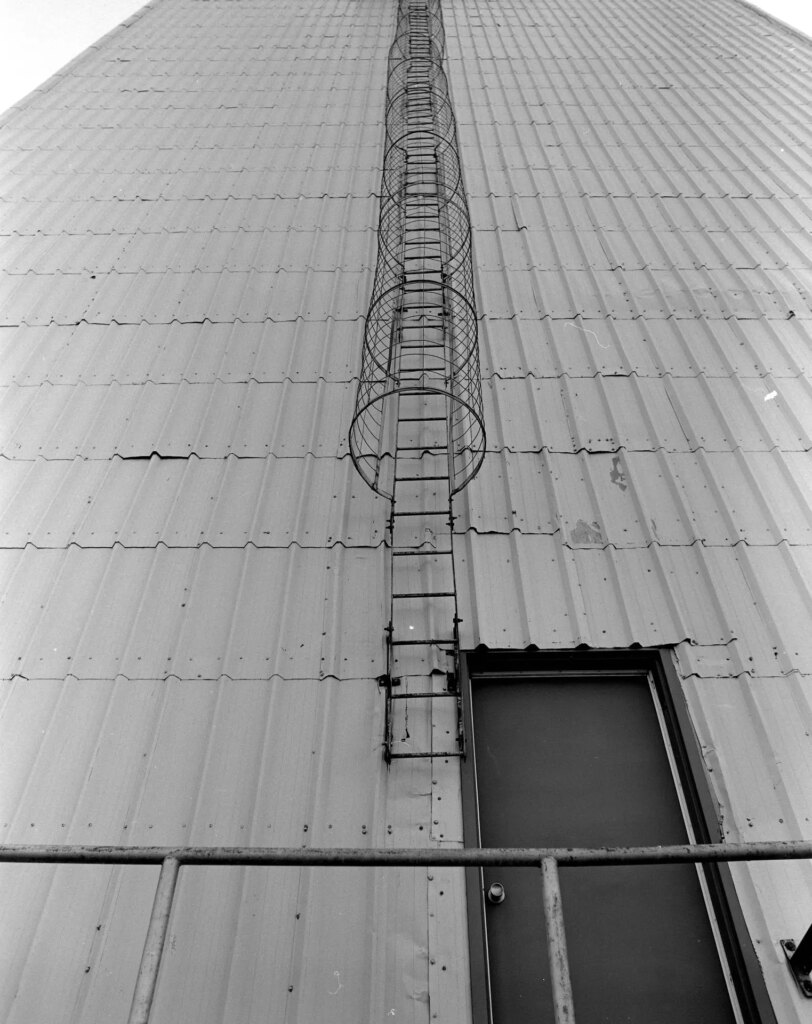
When to Throw In the Towel
I am confident and even relieved with my decision, but how do you know if you’re ready to give up on 120 (or any other format) yourself? Well, the short answer is if you agree with most or all of what I have said here, but to elaborate a little bit I think you should consider the following:
- You have tried several cameras and can’t seems to find one that works for your shooting style.
- You feel dread when thinking about developing, scanning and printing the photos and see the process as a hassle. This is a big one. Many of us shoot film because we love the process.
- If you’re hung up on image quality as the only reason. This seems to be a fallback position when photographer’s ideals are challenged, but if quality was all we cared about, we’d all be shooting 8×10 negatives. Workflow, cost, storage, subject matter, weight, lenses, metering…all of these play a factor.
The advantages of shooting with fewer formats and fewer cameras are compelling. The biggest one for me is pouring more money into 35mm. While playing with new cameras and films are fun, my time for experimentation of those are over. I have a Nikon F80 and F100 that I shoot with, along side my D780 digital camera. They all take the same lenses, which I was able to buy brand new, and the weight and space taken up in my bag is greatly reduced. If I want to play and experiment, I can still do this with lenses, films, ISOs, developers and printing.
The other thing to consider is shooting with fewer cameras means that the ones you have become an extension of your hand, or as Susan Carr says in her book The Art and Business of Photography, an extension of your soul. You don’t have to think about your settings, you just snap into action when you see something you like and getting the shot is the most important part.
I think we all have some FOMO when it comes to medium format and other aspects of film. Many of us feel if we sell the camera, or don’t buy one now, we won’t be able to later, as they aren’t really being made anymore (besides plastic ones) and the price continues to rise. It’s a tough choice and my Pentax 6×7 sat in its bag for months before I brought it out one last time to make sure I was making the right choice.
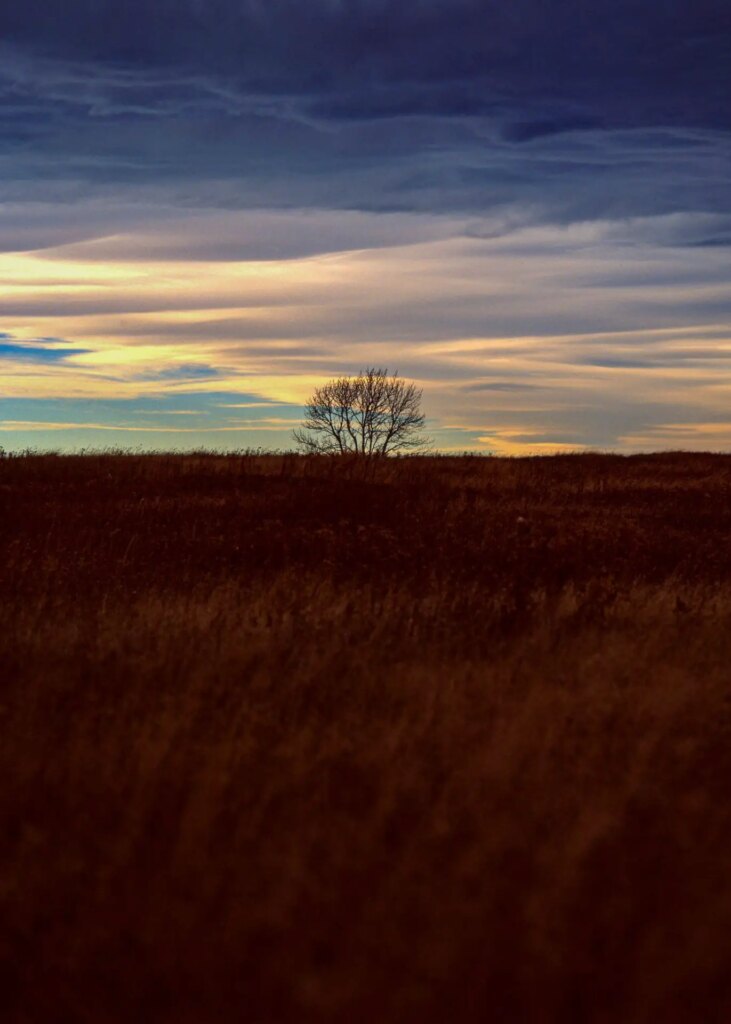
Will I miss my Pentax 6×7, you bet your ass I will. I loved the way I felt, and the look of it, and when a photo came out right, it came out really right. I loved the “ka-thunk” of the shutter too. I had to make the tough choice though. I had to ask myself “is the juice worth the squeeze?”
I’ll leave you with one last unpopular opinion. I hear people say a lot that they “just like the way it feels” and to me that’s a huge cop out. It usually means they drank the Kool-Aid of some You Tuber (perhaps even me, oops) and don’t even know why they wanted it in the first place, or they have their own channel and bought it for the views and social media clout (definitely me) and need it to make sense otherwise. Make sure there is a solid logic that speaks to the artistry of why you shoot medium format or anything for that matter, otherwise you’re an antiques collector and not a photographer.
If you want to see more of what I do, check me out on YouTube, and Instagram
Stay Classic!

Share this post:
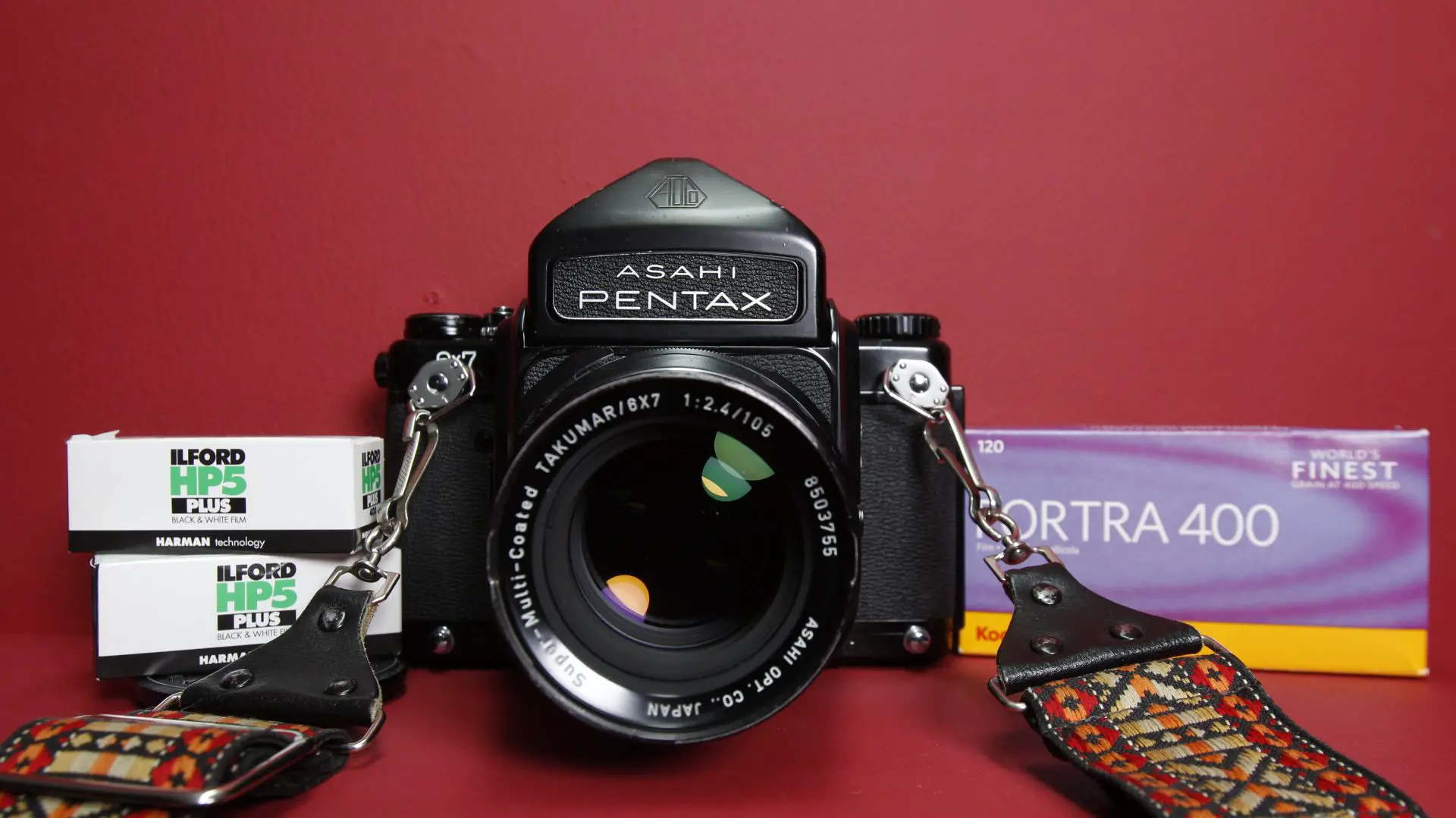
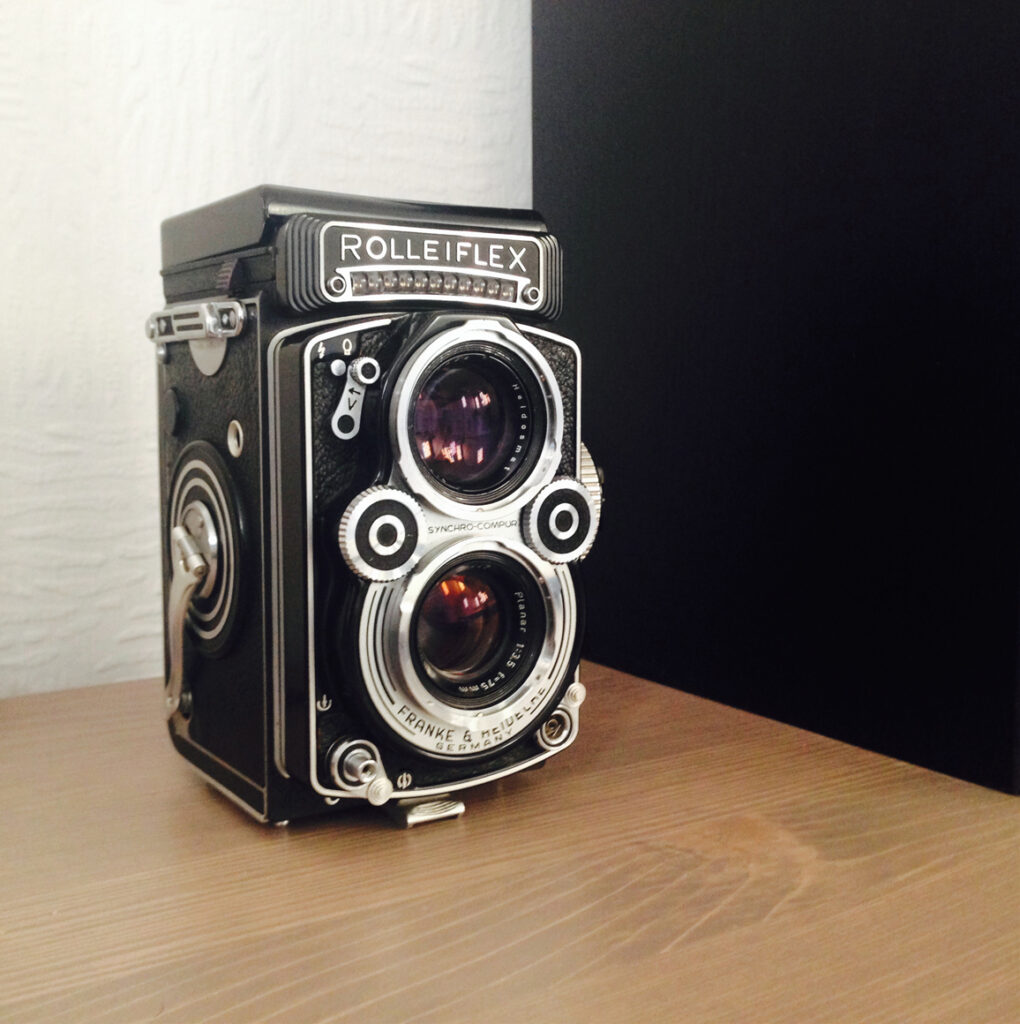
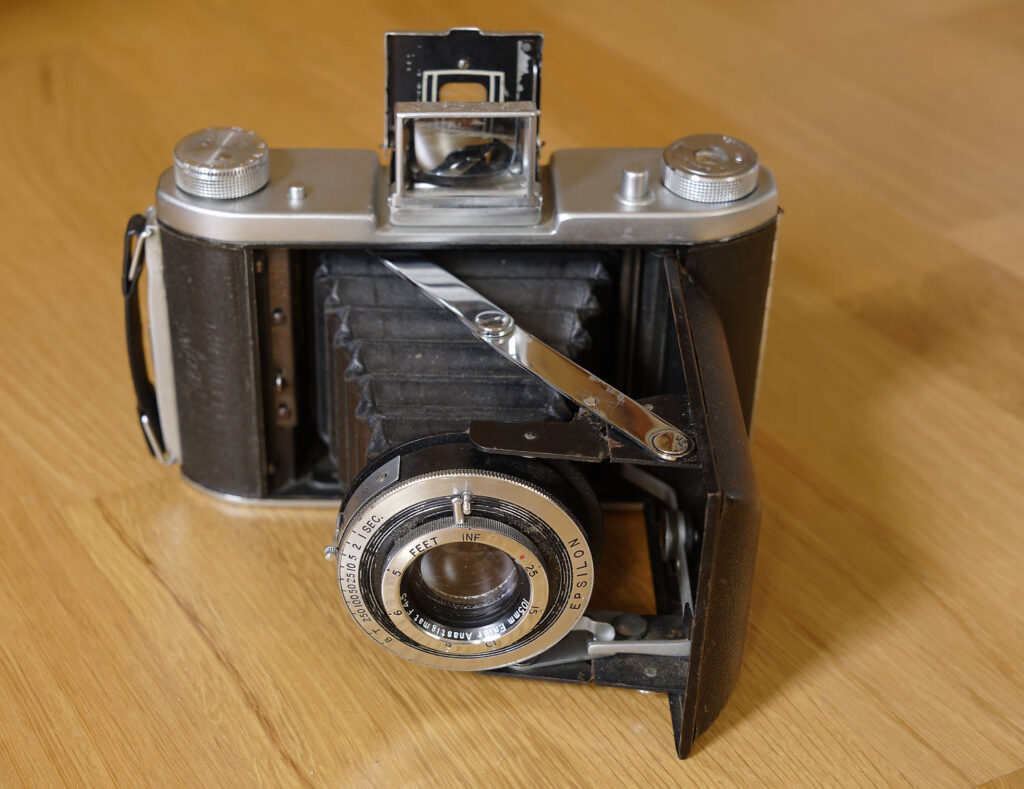
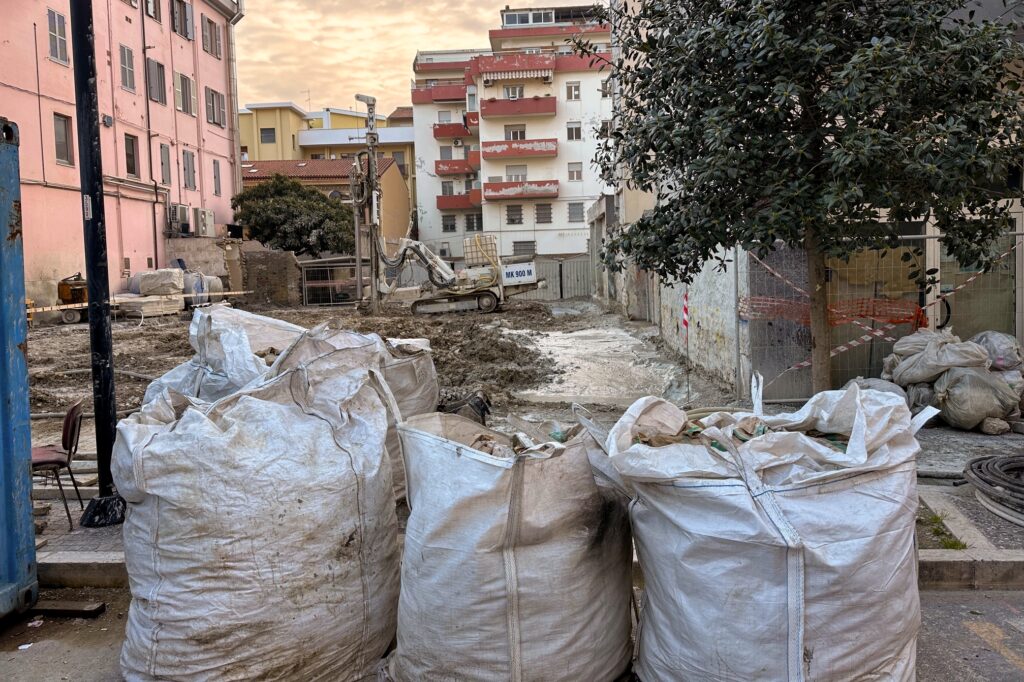
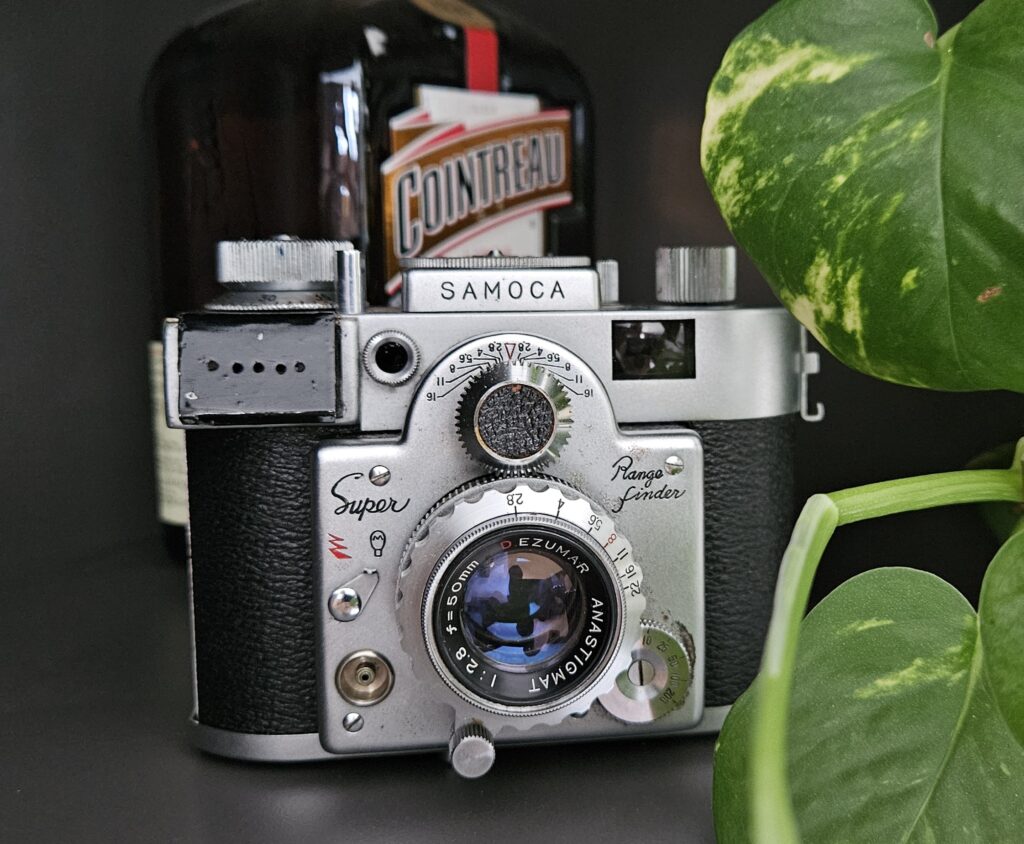




Comments
John on You VS FOMO – when to leave a film format behind
Comment posted: 09/09/2023
I have thought bought selling all of my pro Canon gear (both digital and film) as well as my Hasselblad bodies and lenses and buy a new Leica M film camera and a 35mm lens to partner the Fujifilm X100. Just haven't got there yet.
Cheers
John
Comment posted: 09/09/2023
Bob on You VS FOMO – when to leave a film format behind
Comment posted: 09/09/2023
As you say, it’s the cost v 35mm film, too.
I’m happy shooting 35mm and no plans to do both formats. It really isn’t that noticeable to most….more important the photographers eye.
Comment posted: 09/09/2023
Ken on You VS FOMO – when to leave a film format behind
Comment posted: 09/09/2023
Comment posted: 09/09/2023
Paul on You VS FOMO – when to leave a film format behind
Comment posted: 09/09/2023
Good luck with your decision.
Comment posted: 09/09/2023
Comment posted: 09/09/2023
Martin on You VS FOMO – when to leave a film format behind
Comment posted: 09/09/2023
I am also not a fan of a dogmatic "you have to print your pics in the darkroom if you want to talk to us"
So what works for you works for you, what works for me must not work for others (Like 110 film).
Like Bill Brandt said: Photography is not a sport. It has no rules. Everything must be dared, everything must be tried.
Comment posted: 09/09/2023
Eric on You VS FOMO – when to leave a film format behind
Comment posted: 09/09/2023
Azriel Knight on You VS FOMO – when to leave a film format behind
Comment posted: 09/09/2023
Tim Bradshaw on You VS FOMO – when to leave a film format behind
Comment posted: 09/09/2023
The 'but image quality / darkroom prints' thing is spurious: I make prints in a darkroom, and I strongly prefer prints from 35mm to medium format, because they look more like film rather than something trying to be as good as a modern high-quality digital camera. I apologise to all the people who believe in the fantasy that film is still technically superior to digital: it's not, and it has not been for quite a long time.
Oh, and the P67ii is heavier than my 4x5 camera! Quite a lot heavier in fact. And the 4x5 has many advantages. For landscape it's obviously fantastic, but for photographing people, which is what I do, well, nobody ever refuses to have their picture taken by somebody using a wooden camera, while almost everyone looks at the Pentax and thinks 'big professional SLR, no thanks'. Images from a 4x5 camera don't look like anything you can do with any practical digital camera, not because the image quality is do high, but because of the raw geometry of the thing. And you can fit a huge selection of ancient weird lenses onto it.
Tank you for posting this. I think you're right: I think it's time.
Comment posted: 09/09/2023
Simon Foale on You VS FOMO – when to leave a film format behind
Comment posted: 09/09/2023
brian m cox on You VS FOMO – when to leave a film format behind
Comment posted: 09/09/2023
Bill Brown on You VS FOMO – when to leave a film format behind
Comment posted: 09/09/2023
Carrying three different cameras on a trip means I'm looking for three different types of shots. I want to match film speed, camera type and format to what I'm looking to photograph. Several have referred to cameras as tools and I don't carry a toolbox with one tool in it. It contains adjustable wrenches but I also have wrenches that only fit one specific use. I even have tools that only see use every few years or more. Lack of use doesn't mean anything more than the right situation hasn't arisen for when I need that tool. The lack of use doesn't diminish it's importance to me. A Swiss Army knife can be useful and it fits in your pocket but it won't be of much use changing a flat tire.
I've run in audiophile/videophile circles and there are many similarities in attitudes of participants. My approach to the type of components I wanted in my A/V system and my photography are similar as well. The question that each individual has to ask themselves is what do I want to experience in my pursuit and what tool(s) help me do that. In 2010 when I lost my custom built listening/ viewing room I sold off some of my components that I knew I could replace if need be but I still have several components packed away until such a time when I may once again have a room suitable for them. I won't sell them because their worth to me is not based on money.
There doesn't have to be either/ or when it comes to photography formats. You don't have to justify your decisions to anyone else. After all it's about what brings you the most enjoyment or achieves the goals you've set for your work, right? Be yourself and have fun with it.
Jeremy on You VS FOMO – when to leave a film format behind
Comment posted: 09/09/2023
I do not darkroom print, I scan only, and I regularly print at 12x18 and 17x22. I've found that 35mm *can* go that big, but not with *not* with high ISO film. I *love* Delta 3200 on medium format, because I can shoot in low light and the added resolution yields moderate size grain. My favorite photo of the last couple years was the GW on 3200, printed at 17x22.
The big issue with MF, I agree with you, is that traditional scanning sucks. I didn't mind trad scanning for 35mm, as I could scan 18 frames in one pass with Silverfast, but MF? Yuck. Direct image quality comparisons of 35mm on the Epson vs. camera scans - it was no contest, camera scanning wins, so I switched. Once using camera, there was no functional time difference between formats, so I don't that pain point anymore. Heck, MF is faster actually, because there are less frames. That is another attraction for me. I can finish a roll in an evening *far* easier.
Recommendation: If you are only using 35mm, check out the "Easy35" from Valoi, and pair it with the brush attachment. You can fund it with selling the v850 and have cash left over. You'll have almost no dust spots to fix, and it'll take you 5-10 minutes for your scans. You won't have to waste time mounting your D780 on a light table either. I know, you're in the "trad scan forever!" club, but I think it was make a great video if nothing else:)
Simon Cygielski on You VS FOMO – when to leave a film format behind
Comment posted: 10/09/2023
Mathias on You VS FOMO – when to leave a film format behind
Comment posted: 10/09/2023
I can totally see what you mean and while I don’t agree with all the annoyances of medium format, I can add my (only) annoyance to it and that is super shallow depth of field and as a result, a tough time focusing. Especially wide open (which really isn’t that wide open light wise)- I am using an RB67 and have done so for almost two decades, I still think it’s tough sometimes.
That said- I’m keeping on. One big reason- I don’t have any other camera really besides an Olympus OM1 that is permanently in the hands of one of my daughters. I’ve had my RB since long before they became the hipster tool of YouTube-choice, and I’m so used to it… the shorter rolls are a huge plus to me. Keeper rate should always be high when you only photograph what you want a picture of, but that’s kind of a slow approach and I always had a hard time filling 36 frames and being patient enough to use one type of film for so long. I don’t post photos anywhere on the web like almost ever, and when I do it’s photos of prints. I’m weird in many ways, this being one.
I have to say one area where the big negative makes a real difference is cropping. It happens that I compose an image I’m happy with and still it can benefit tremendously of radical cropping and enlarging only a small portion. Being able to zone in on effectively a third of the original image without any noticeable/problematic difference in quality on prints almost no matter how big (how big can one go in a home lab anyways) is a huge plus to me.
But, I totally get it. I always enjoy your writing or the occasional video I watch, by the way.
shawn granton on You VS FOMO – when to leave a film format behind
Comment posted: 11/09/2023
After fooling around with a couple cheapies, I got my hands on a decent TLR, a Richoflex Dia. It's a beautiful looking, beautiful feeling machine, and I've gotten great shots from it. But I rarely reach for it. I much prefer using 35mm cameras, as they are much easier to use when riding around on a bicycle--smaller and more compact, and usually with some sort of exposure automation.
I get the fact that bigger negatives can show more detail, but the scans I've gotten from the lab are basically the same size of my 35mm scans. (I will admit seeing slides in 120 is pretty magical.) And I've gotten so many great 35mm cameras for so cheap, whereas that Ricohflex is the most I've ever spent on a camera, and it's still considered fairly basic as medium format goes.
I won't get rid of my TLR, as I will find reasons to shoot with it. But I doubt that I'll be buying any other medium format cameras any time soon, forget even thinking about large format.
Gus on You VS FOMO – when to leave a film format behind
Comment posted: 11/09/2023
I haven't made the jump to medium format yet. Every time I nearly purchase a 120 camera, I talk myself out of it because I'm totally set up for 35mm (scanning, negative storage). I might be struggling with this conflict for a long time!
Beautiful photos, I especially love the photo of the grain elevator.
Geoff Chaplin on You VS FOMO – when to leave a film format behind
Comment posted: 12/09/2023
But ... as a professional photographer said to me many years ago "all you need is one camera and one lens". Which to choose? Does image quality actually matter, or are imperfections / grain / lens characteristics part of the image?
I'm not sure I know the answer. Nowadays I just shoot 35mm, almost entirely with a 50mm lens. Though I still have my LF kit. And somebody just gave me a Pentax 6x7 ......
Alex on You VS FOMO – when to leave a film format behind
Comment posted: 13/09/2023
I am yet to scan and super-res the important part of the image with either Adobe or Topaz products - but that takes a lot of the joy away from the process for me.
Lee on You VS FOMO – when to leave a film format behind
Comment posted: 13/09/2023
I doubt the Epson v800, while convenient to use, is going to approach the level of resolution that camera scanning offers. I only say this because it's totally possible to have your cake and eat it too, when it comes to getting high res images without shooting medium format film. That being said, 60MP digital scans will take up more space on your hard drives. Tradeoffs abound.
Alasdair Mackintosh on You VS FOMO – when to leave a film format behind
Comment posted: 16/09/2023
To be honest, that's probably true if you delete the word "resolution" ;-)
I like using MF, and I don't mind lugging it and a tripod around for moderate hikes. I make b&w darkroom prints, and I find the results I can get there are nicer than the results I can get digitally. I can also definitely see a difference between 6x7 and 35mm prints, and for some of the shots I've made, I'm glad I used MF.
That said, I recently acquired a Zorki 4 Jupiter-12 lens. A long way from the sharpest kit out there, but it's fun to use, and I've made a couple of nice prints from it.
I think there's a place for everything.
Mark Ellerby on You VS FOMO – when to leave a film format behind
Comment posted: 19/09/2023
I have had the impression from some committed medium format shooters that you're not really a proper photographer if you only use 35mm. Much I try not to let it, that can chip away at my photographic self-esteem. In many areas of life though, there's always the temptation to 'keep up with the Joneses'. Someone's always going to have better kit than you, but no one else has your eyes.